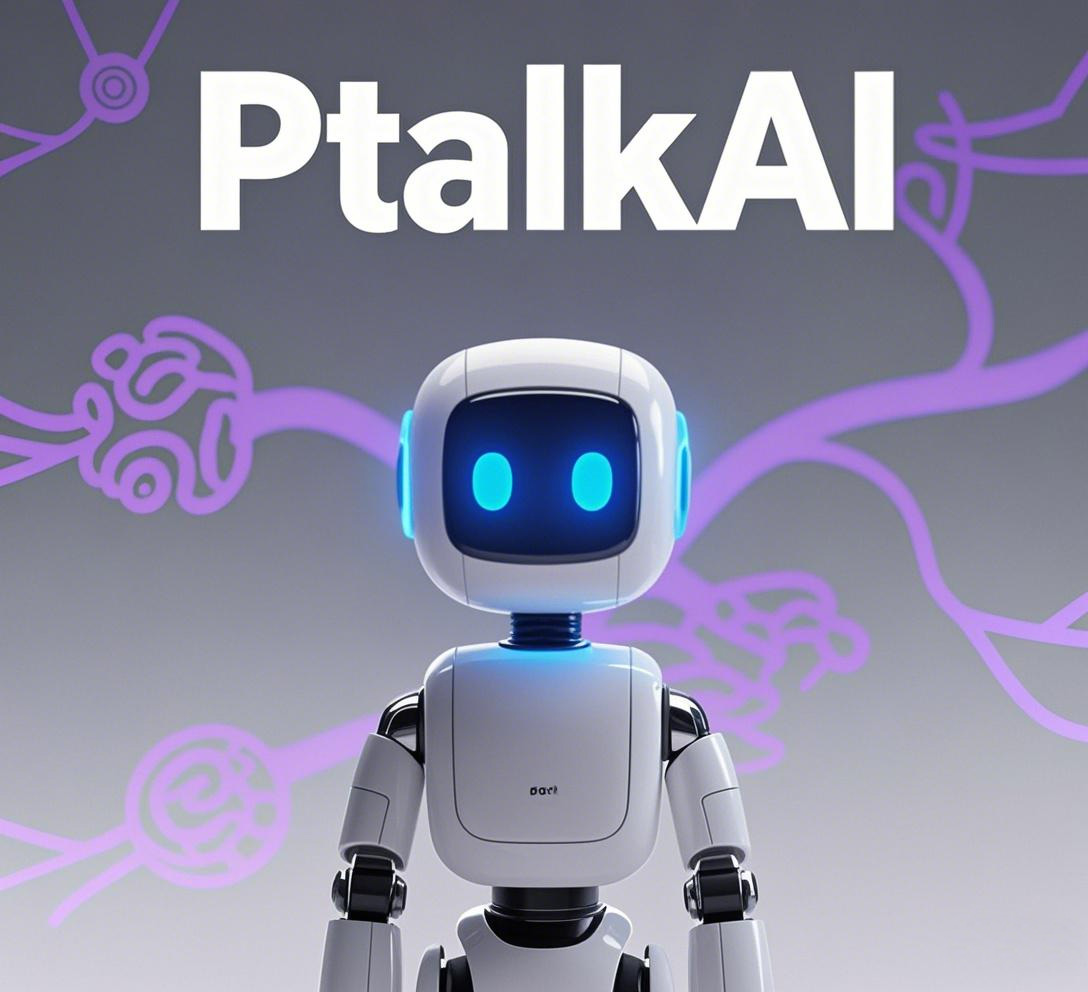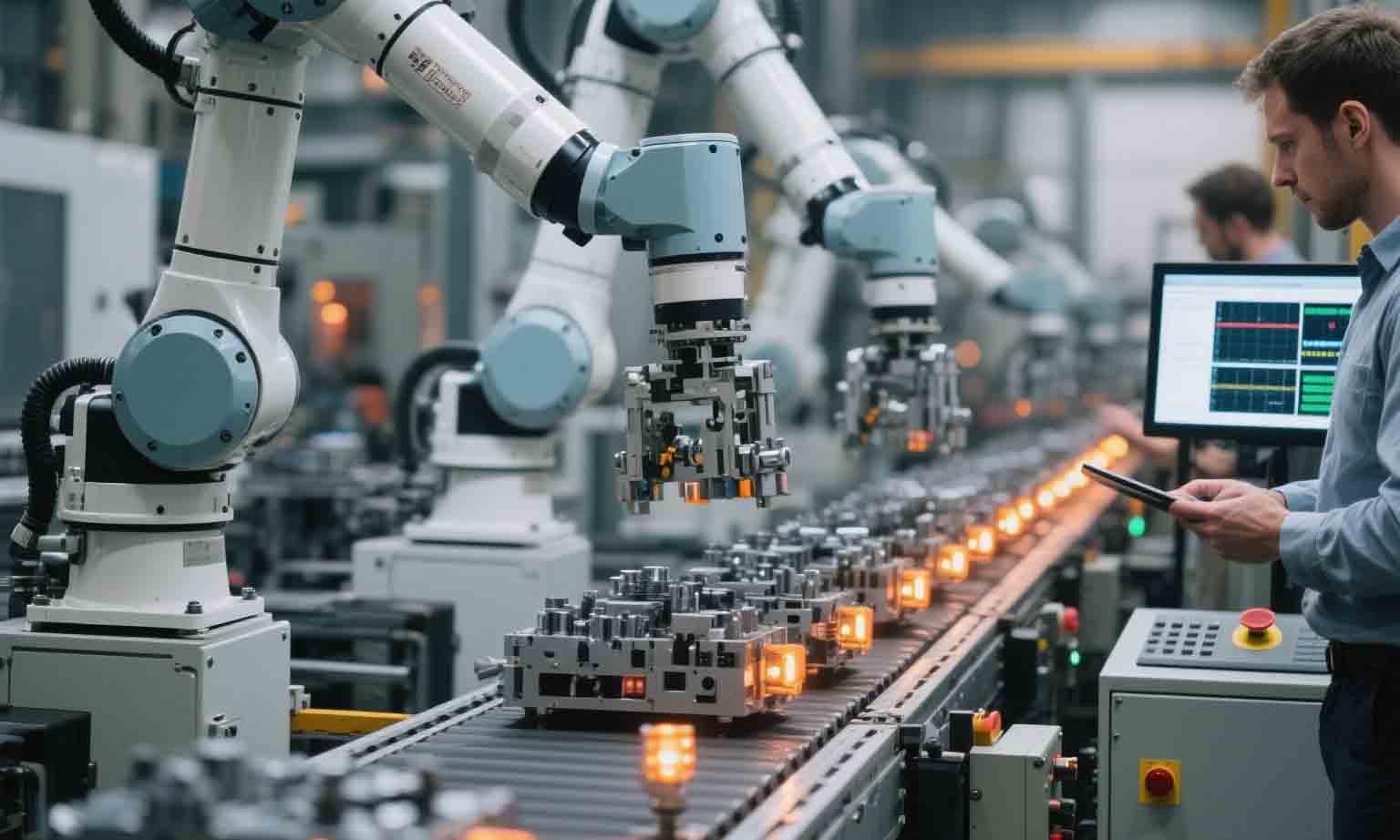AI Case Analysis: Unveiling the Power of Intelligent Applications
赵开心不开心 2025-06-17
In the digital age, artificial intelligence (AI) has transcended theoretical concepts and permeated various aspects of our lives, driving innovation and transformation across industries.
AI Case Analysis: Unveiling the Power of Intelligent Applications
In the digital age, artificial intelligence (AI) has transcended theoretical concepts and permeated various aspects of our lives, driving innovation and transformation across industries. Through in - depth case analysis, we can explore how AI is being applied in real - world scenarios, the impact it creates, and the challenges it faces.
Smart Agriculture: John Deere's AI - Driven Tractors
John Deere, a leading name in agricultural machinery, has integrated AI into its tractors to revolutionize farming practices. The AI - equipped tractors are outfitted with a multitude of sensors, cameras, and GPS systems. These components work in tandem to collect data on soil conditions, crop health, and terrain features\
The AI algorithms analyze the collected data in real - time. For example, by using computer vision technology, the cameras on the tractor can identify weeds among crops. The AI system then precisely controls the spraying mechanism to apply herbicides only where needed, reducing chemical usage by up to 80%. In addition, based on soil moisture and nutrient data, the tractor can adjust the seeding rate and depth, optimizing crop growth. In a large - scale wheat farm in the United States, the implementation of these AI - driven tractors increased the yield per acre by 15% while significantly cutting down on operational costs.
However, this application of AI in agriculture also comes with challenges. The high cost of purchasing and maintaining AI - enabled agricultural equipment is a barrier for many small - scale farmers. Moreover, ensuring the security of the data collected during farming operations is crucial, as any breach could disrupt planting schedules and lead to financial losses.
Customer Service: Chatbots of Bank of America
Bank of America has harnessed the power of AI - powered chatbots, such as Erica, to enhance its customer service experience. Erica is designed to handle a wide range of customer inquiries, from checking account balances and transaction histories to providing financial advice.
The chatbot uses natural language processing (NLP) and machine learning algorithms. It can understand the intent behind customers' questions, even when the language is informal or ambiguous. For instance, if a customer asks, “How much money do I have left for this month's shopping?” Erica can analyze the customer's spending patterns, upcoming bills, and current account balance to provide a detailed and personalized answer. Over 20 million Bank of America customers interact with Erica every month, and the chatbot resolves approximately 40% of customer inquiries without the need for human intervention, greatly improving service efficiency and reducing operational costs.
Nevertheless, there are limitations. Complex financial issues often require human expertise, and the chatbot may not be able to handle highly specialized or sensitive situations. Additionally, maintaining the accuracy of responses and ensuring customer trust in the AI - based service are ongoing concerns.
Autonomous Vehicles: Waymo's Self - Driving Cars
Waymo, a subsidiary of Alphabet, has been at the forefront of developing autonomous vehicles. Their self - driving cars are equipped with an array of sensors, including lidar, radar, and cameras, which continuously scan the surrounding environment, collecting data on traffic conditions, pedestrians, and other vehicles.
The AI system in Waymo's cars processes this data in milliseconds, using deep learning algorithms to make driving decisions. For example, when approaching a traffic light, the AI can predict whether the light will change and adjust the vehicle's speed accordingly. In a large - scale testing project in Phoenix, Arizona, Waymo's self - driving cars have completed millions of miles of autonomous driving, demonstrating a high level of safety and reliability. These vehicles have also reduced traffic congestion in some areas by optimizing driving routes and speeds.
However, the development and deployment of autonomous vehicles face significant hurdles. Legal and regulatory frameworks for self - driving cars are still in the early stages of development in many regions. Public acceptance is also a challenge, as people have concerns about the safety and liability in case of accidents involving autonomous vehicles.
In conclusion, these AI case studies illustrate the diverse and far - reaching impact of artificial intelligence across different industries. While AI brings numerous benefits, such as increased efficiency, cost - savings, and improved services, it also presents challenges related to cost, security, and public perception. As technology continues to evolve, understanding these real - world applications and their implications will be essential for businesses and society to fully leverage the potential of AI.













